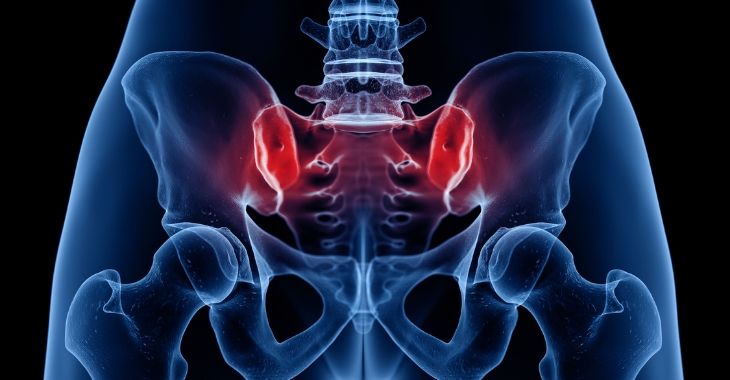Treatment Options for a Broken Kneecap
The patella or kneecap is a protective piece of bone that covers the knee joint. While it is meant to protect the knee from injury, it can also be damaged or broken. Direct impact is usually the cause of kneecap injuries, such as falling directly on the knee on a solid surface. When a kneecap is broken, medical treatment is needed, often in the form of orthopedic surgery.
Kneecap fractures can vary from a single crack in the bone to a complete shattering. The symptoms of a kneecap injury include pain, bruising, swelling, difficulty walking and inability to straighten the leg. It is important to seek medical attention if you believe you have a patellar fracture. The tendons and muscles in the leg will continue pull on the edges of the kneecap, preventing it from healing. Plus, if there are any bone fragments from the break, they should be removed to prevent future problems.
Some small kneecap fractures can be treated with a cast or brace that keeps the knee stable, allowing the kneecap to heal. However, if the patella is broken in a few pieces or shattered, it will need surgery to repair. Bone fragments can be removed, and the broken pieces can be fitted together. If there is a severe break the separates the bone in a few pieces, wire may be used to hold the pieces together as they heal.
If you have a kneecap injury, seek medical attention from an orthopedic clinic that specializes in sports medicine and offer surgical options. Often patella fractures can be repaired through minimally invasive surgery that helps reduce recovery times. Expect that rehabilitation will be needed to restore full function and mobility as part of your recovery.
Posted on behalf of:
Ortho Sport and Spine Physicians
5730 Glenridge Drive Northeast #230
Atlanta, GA 30328
(678) 752-7246
The information provided on this website, including text, graphics, images, and other materials, is intended solely for informational purposes and should not be used as a substitute for professional medical advice, diagnosis, or treatment.


)